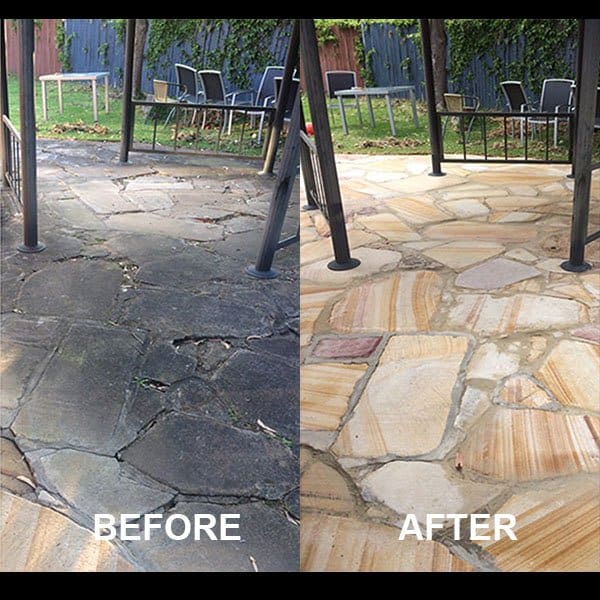Timeless Methods: Heritage Techniques for Rock Repair
Reviving rock textures is both an craft as well as a discipline, blending classical techniques with modern approaches to breathe fresh vitality within historic elements. Regardless of whether you are working on a weathered stone facade of an old structure or looking to rejuvenate a beloved garden path, comprehending the heritage methods of rock refurbishment can significantly impact the outcome. Such timeless methods have been passed along through generations, emphasizing the value of skill and regard for the materials used.
In the ultimate manual to rock refurbishment, we will examine ways to approach your project with care and expertise. From identifying the right restoration techniques to being aware of the right time it’s necessary to consult experts, we aim to provide guidance that can help you steer clear of common mistakes. Come us as we delve into the world of stone refurbishment, exploring essential tips, effective maintenance strategies, and how these methods contribute to protecting our architectural heritage.

Common Errors in Rock Restoration
One of the most prevalent errors in rock refurbishment is using the inappropriate cleaning techniques. Many homeowners may turn to harsh cleaning agents or rough tools, believing they will successfully remove debris and marks. However, these techniques can cause irreversible damage to the stone, stripping away its intrinsic aesthetic and integrity. It is vital to use pH-balanced cleaning solutions specifically created for rock surfaces and to utilize soft scrubbing techniques to reduce marking the surface.
Another regular error occurs when individuals endeavor to perform do-it-yourself restoration without sufficient understanding or training. While the web provides a wealth of data, not all references are reliable. Trying sophisticated methods, such as resurfacing or repairing large fissures without professional help, can lead to more severe damage and greater costs down the road. Getting expert guidance or hiring a trained specialist can ensure that the refurbishment is done properly and safely.
Finally, overlooking suitable maintenance after restoration is a major error that many make. Once stone surfaces are restored, they require ongoing maintenance to maintain their look and longevity. Neglecting to use appropriate coatings or not following regular maintenance practices can lead to deterioration and the necessity for further fixes sooner than anticipated. Establishing a regular upkeep plan is essential to enhance the life and beauty of restored stone materials.
Top Elements for Restoring Historic Homes
When it comes to rehabilitating heritage homes, selecting the right materials is vital to sustaining originality and durability. Natural stone is often the favored choice for its timeless appeal and strength. Elements such as marble, granite, and sandstone not only blend well with the archival context but also provide longevity when well-maintained. These stones have withstood the trial of time and can withstand varying environmental conditions, making them ideal for renovation projects.
In addition to stone, the application of traditional mortar is essential for fixing and repointing masonry work. Lime mortar, in particular, is favored in many historic restorations because it enables movement and porosity, helping to prevent water damage within the walls. Its compatibility with older building techniques ensures that restorations maintain the building’s original character while ensuring structural soundness.
Finally, incorporating reclaimed materials is a popular practice that adds genuineness to restoration projects. Whether it's reclaimed bricks, timber, or metal fixtures, these elements not only provide a unique visual appeal but also promote sustainability. Using reclaimed materials supports environmental protection while maintaining the historic significance of the home, creating a smooth link to the past.
DIY vs. Professional Stone Restoration
When thinking about stone restoration, numerous homeowners face the dilemma of whether to undertake the project on their own or hire a professional. https://stonerestoration.com.au/services/marble-restoration-sydney/ can be attractive due to potential cost savings and the sense of personal fulfillment. Many resources, including online tutorials and local workshops, provide guidance on fundamental techniques, from washing to small repairs. However, it's crucial to recognize that stone restoration often requires a detailed understanding of the material, including the appropriate tools and products that are fit for specific stone types.
On the flip side, trained stone restoration services bring expertise and experience to the table. Skilled restorers understand the intricacies of different stone materials and have access to advanced tools and techniques that can achieve superior results. They can examine the condition of the stone and identify subtle issues that a DIY approach might overlook. Additionally, professionals are familiar with historical restoration practices, which can be vital for preserving the quality of antique or historic stones.
Ultimately, the decision between DIY and professional restoration depends on various factors, including the degree of damage, the specific requirements of the stone surface, and the homeowner's skill level. While certain small projects might be doable for a committed DIY enthusiast, significant restoration work often benefits from the attention to detail and knowledge of professional experts. Weighing cost, quality, and personal capability will guide homeowners in making the best choice for their stone restoration needs.